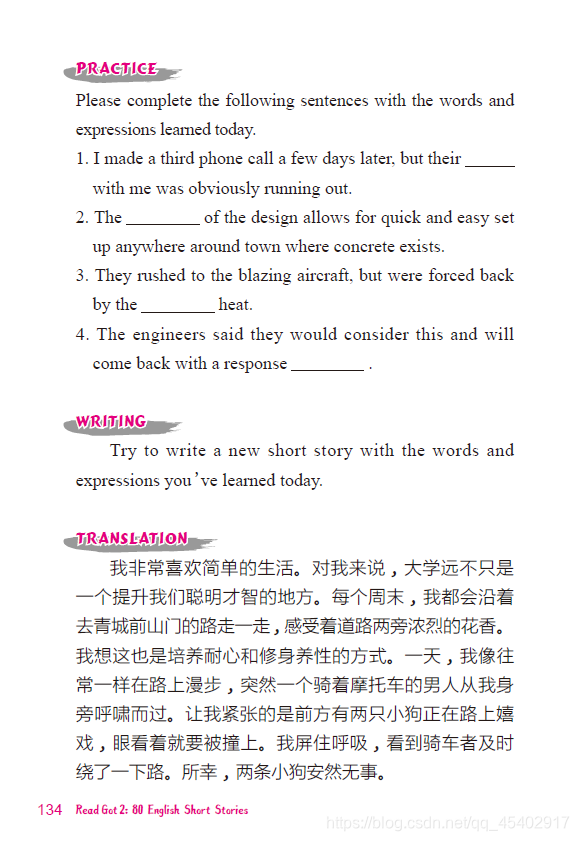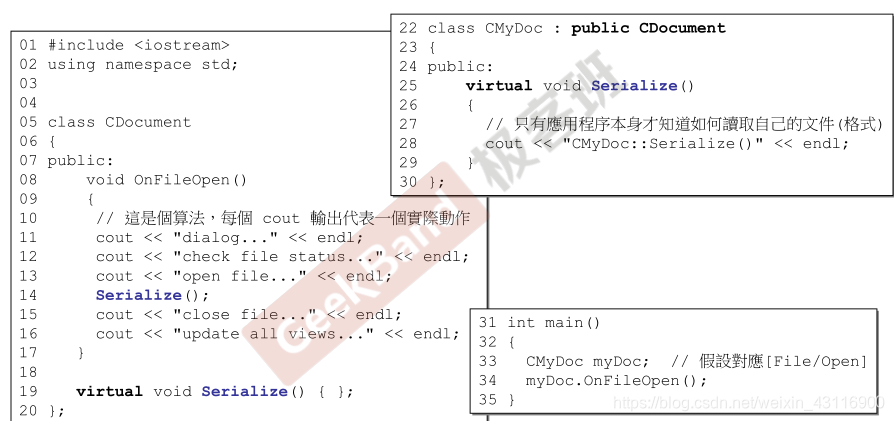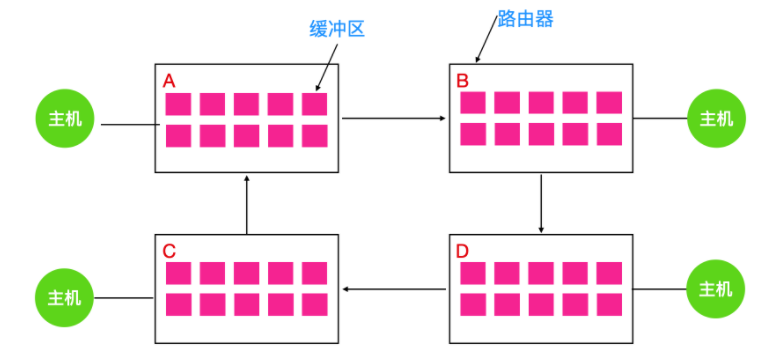









完整代码
#include <sys/shm.h>
#include <iostream>
#include <unistd.h>
#include <pthread.h>void * child1(void *arg){pthread_t tid = pthread_self();printf("1 thread %lu \n",tid);}int main(int argc,char* argv[]) {int result{};pthread_t a_thread{};pthread_t tid = pthread_self();printf("mean thread %lu \n",tid);result = pthread_create(&a_thread, nullptr,child1, nullptr);if (result !=0){printf("Thread create failed!");}return 0;
}

- 如果主线程 不延时,直接退出,子线程还未创建就结束了
线程终止

- pthread_join() 等待线程退出,第二个参数是线程退出返回的数值
#include <sys/shm.h>
#include <iostream>
#include <unistd.h>
#include <pthread.h>
#include <cstring>void * child1(void *arg){pthread_t tid = pthread_self();printf("1 thread %lu \n",tid);}void * thread_function(void *arg);int main(int argc,char* argv[]) {int result{};std::string message{"Hello World"};pthread_t a_thread{};pthread_t tid = pthread_self();printf("mean thread %lu \n",tid);result = pthread_create(&a_thread, nullptr,thread_function, (void *)(message.c_str()));if (result !=0){printf("Thread create failed!");exit(EXIT_FAILURE);}printf("Waiting for thread to finish!\n");void * thread_result;result = pthread_join(a_thread,&thread_result);if (result !=0){printf("Thread join failed!");exit(EXIT_FAILURE);}printf("Thread joined,it returned %s\n",(char *)thread_result);printf("Message is now %s \n",message.c_str());exit(EXIT_SUCCESS);return 0;
}void * thread_function(void *arg){char * message = (char *)arg;printf("thread_function is running.Argument was %s\n",message);sleep(3);strcpy(message,"Bye!");pthread_exit((void *) "Thank you for the cpu time!");
}











代码 生产者 消费者模型
#include <sys/shm.h>
#include <iostream>
#include <unistd.h>
#include <pthread.h>
#include <cstring>#define BUFFER_SIZE 16
#define OVER -1struct prodcons {int buffer[BUFFER_SIZE];//设置缓冲区数组pthread_mutex_t lock;//互斥锁int read_pos,write_pos;//读写位置pthread_cond_t not_empty;//缓冲区非空信号pthread_cond_t not_full;//缓冲区非满信号
};struct prodcons buffer;void init(struct prodcons *b){pthread_mutex_init(&b->lock, nullptr);pthread_cond_init(&b->not_empty, nullptr);pthread_cond_init(&b->not_full, nullptr);b->read_pos = 0;b->write_pos = 0;
}void put(struct prodcons *b,int data){pthread_mutex_lock(&b->lock);//等待缓冲区非满while ((b->write_pos + 1) % BUFFER_SIZE == b->read_pos ){printf("wait for not full!\n");pthread_cond_wait(&b->not_full,&b->lock);}//写数据并且指针前移b->buffer[b->write_pos] = data;b->write_pos++;if (b->write_pos >= BUFFER_SIZE)b->write_pos = 0;//设置缓冲区非空的信号pthread_cond_signal(&b->not_empty);pthread_mutex_unlock(&b->lock);
}int get(struct prodcons *b){int data;pthread_mutex_lock(&b->lock);//等待缓冲区非空while (b->write_pos == b->read_pos){printf("wait for not empty!");pthread_cond_wait(&b->not_empty,&b->lock);}//读数据并且指针前移data = b->buffer[b->read_pos];b->read_pos++;if (b->read_pos >= BUFFER_SIZE)b->read_pos = 0;//设置缓冲区非满的信号pthread_cond_signal(&b->not_full);pthread_mutex_unlock(&b->lock);return data;
}void * producer(void *data){for (int i = 0; i < 10; ++i) {printf("put --> %d\n",i);put(&buffer,i);}put(&buffer,OVER);printf("producer stopped!\n");return nullptr;
}void * consumer(void *data){int d{};while (1){d = get(&buffer);if (d == OVER)break;printf("%d->get\n",d);}printf("consumer stopped!");return nullptr;
}int main(int argc,char* argv[]) {pthread_t th_a{},th_b{};void *ret_val;struct prodcons x{};init(&x);pthread_create(&th_a, nullptr, reinterpret_cast<void *(*)(void *)>(producer), 0);pthread_create(&th_b, nullptr,reinterpret_cast<void *(*)(void *)>(consumer), 0);//等待生产者和消费者结束pthread_join(th_a,&ret_val);pthread_join(th_b,&ret_val);return 0;
}

参考链接
- 线程相关函数(2)-pthread_self()获取调用线程ID
- pthread_join的使用
- pthread_cond_wait()用法分析











































